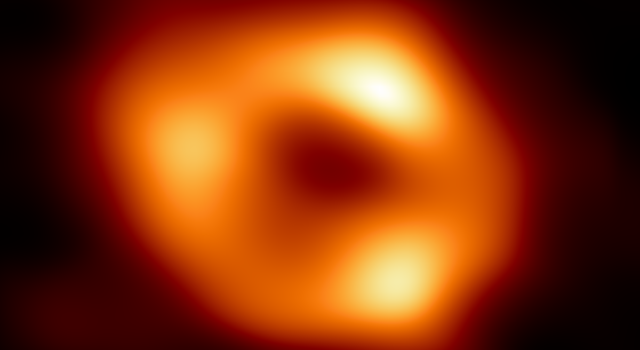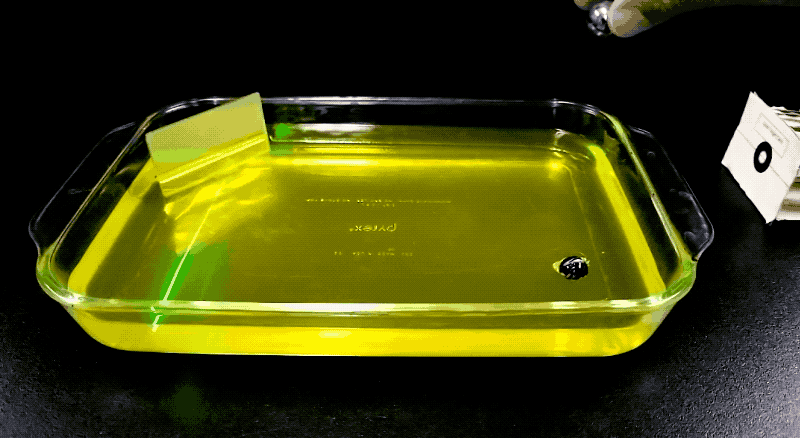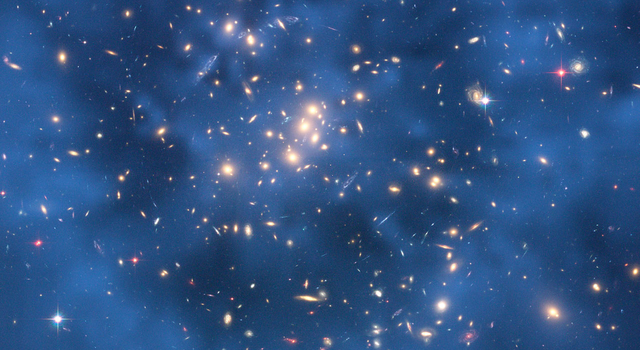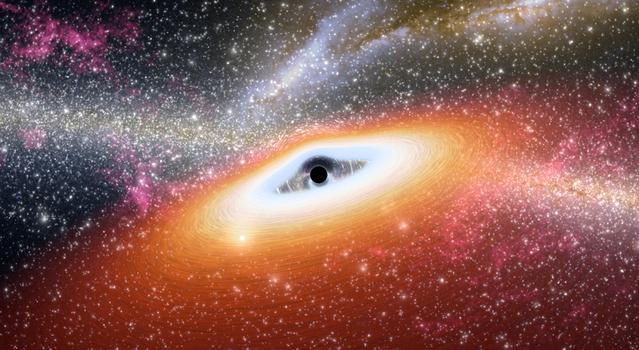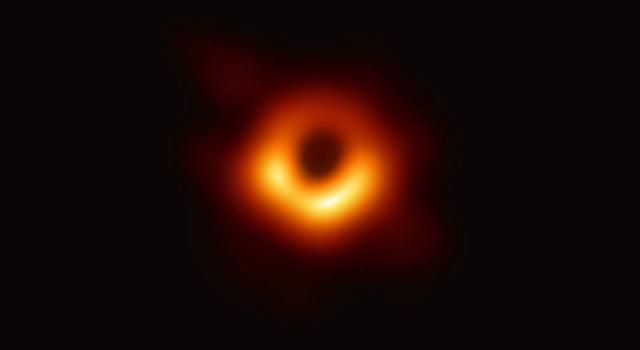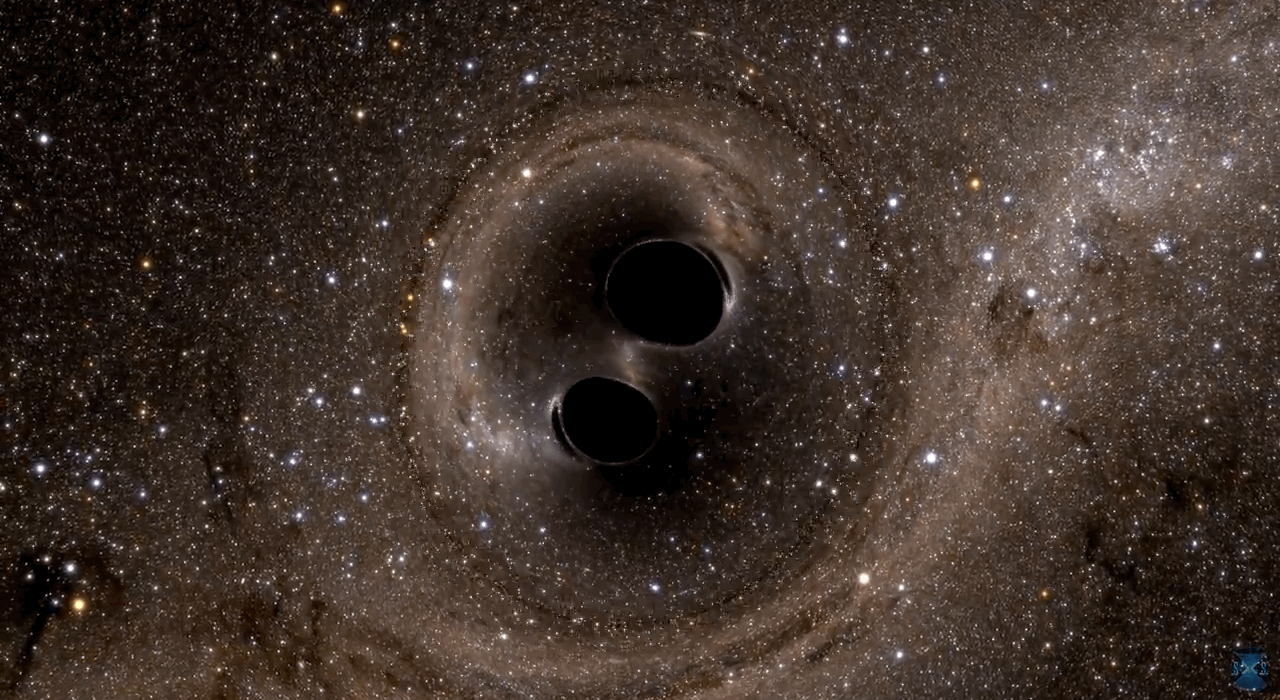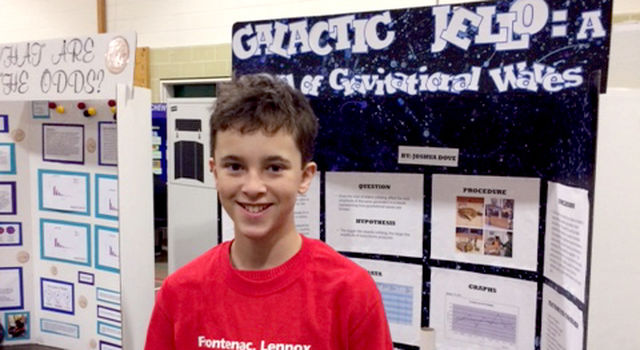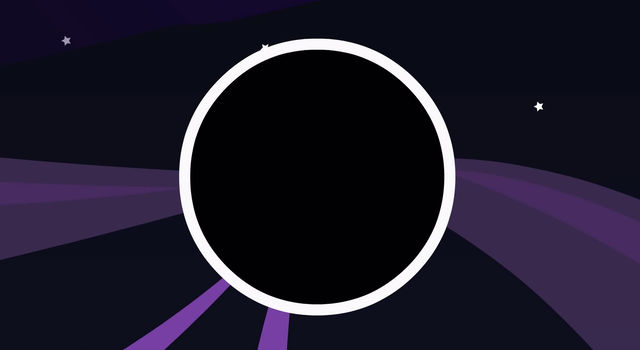Telescopes get extraordinary view of Milky Way's black hole
 | EDUCATION UPDATES | TEACHABLE MOMENT |
|  |
|
|
 | Take a first look at our galaxy's black hole ... |
|  |
|
|
 | Our home galaxy, the Milky Way, has a supermassive black hole at its center, but we've never actually seen it – until now. The Event Horizon Telescope, funded by the National Science Foundation, has released the first image of our galactic black hole, Sagittarius A*.
Read our latest Teachable Moment to find out how scientists captured the first image of Sagittarius A*, why it's important, and how to turn it into a learning opportunity for students. |
|  |
|
|
|

